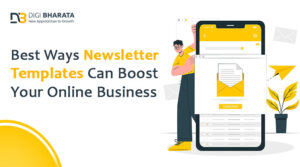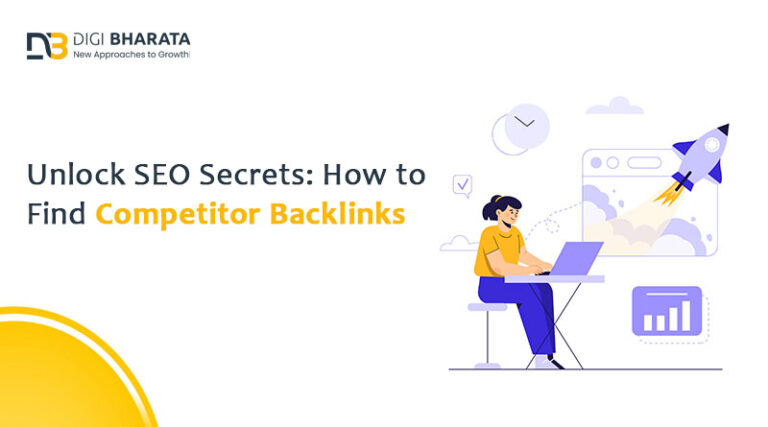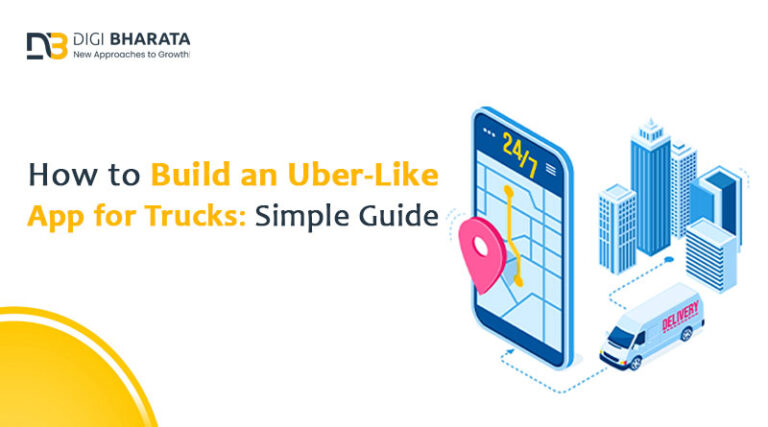A marketing channel is a mechanism or process through which a company sells its products or services to its customers.
This can be done through physical stores, websites, advertising techniques, and other digital platforms. Understanding the different marketing channels is important because it will help you determine which channel works best for your business.
In other words, a marketing channel is a set of methods companies can use to reach their target audience. There are many different types of marketing channels, but all share one common trait: they’re all designed to deliver messages or products directly to consumers.
Table of Contents
Why Use Marketing Channels?
Companies use marketing channels to reach their target audience and encourage them to purchase their products or services.
They are used to make your business more visible to customers. The various marketing channels help reach the right audience and convert them into customers. This helps in increasing sales and revenue.
Benefits of Marketing Channels
A marketing channel is a way for your business to connect with customers. The benefits of using marketing channels include:
1. Reach Out To More Customers
Marketing channels allow you to reach out to more people and potential customers. The more you can reach out, the better your chances of reaching those most likely to buy your products or services.
2. Targeting
Online marketing channels allow you to target specific audiences in ways traditional advertising methods don’t. You can choose the demographic or interest group most likely to respond to your message, and then reach out directly to them via email, social media, or direct mail campaigns.
3. Brand Awareness
Marketing channels often provide opportunities for companies to build brand awareness through word-of-mouth advertising and other forms of marketing, such as sponsored articles and sponsored marketing campaigns on Twitter or Facebook pages.
4. Cost-effectiveness
You can use multiple marketing channels at once to reach new and existing customers at a lower cost than you would if you only used one type of marketing channel at a time (which means fewer ads in newspapers or magazines, less advertising, and so on).
Types of Marketing Channels
1. Email marketing
Email marketing is one of the most effective ways to reach potential customers. An email is a great tool for communicating with existing customers and finding new ones who might have been overlooked in other channels.
Using email marketing, you can provide information about your products and services as well as build relationships with your current audience before launching new products or services.
Email is extremely effective communication with your customers or prospects. It allows you to communicate with people in an easy-to-digest format they can use in their time frame.
It’s also more personal than other forms of advertising because it’s less intrusive than billboards or TV ads. Email marketing allows you to reach a wide audience quickly and is relatively inexpensive compared with other forms of advertising.
2. Direct Mail
Direct mail is one of the oldest forms of marketing, but it’s still effective today. It can be used to reach people who live in your target market or target geographic area.
Direct mail campaigns are a great opportunity to build relationships with customers and prospects by providing them with useful information they can use daily.
It is the oldest marketing channel. It’s been around for centuries, and it still works today. It’s been used by companies like Ford Motor Company and Levi Strauss to advertise their products and services.
Direct mailing allows you to send information directly to your customers or prospects, which can be very effective if you know how to target your audience.
3. Search Engine Optimization (SEO)
Search engine optimization (SEO) improves your website so that it appears higher on search results pages when people search for keywords containing your company name or product name.
Even if you don’t have a website, SEO can help improve content visibility from other social media platforms like Twitter and Facebook.
SEO is the process that involves optimizing your website so that it ranks higher in search results when someone searches for phrases related to your business. SEO can boost your website traffic by increasing the number of visitors who come from search engines such as Google and Bing.
4. Search Engine Marketing (SEM)
Search engine marketing (SEM) is an online marketing strategy focusing on search engine optimization (SEO) and social media. SEM is a very effective way to reach your target audience online, but it can be time-consuming and expensive.
It is about getting your website or landing page in front of individuals searching for similar products or services. This includes paid search advertising, organic search results, social media, and link building.
5. Social Media Advertising
Social media advertising can be a powerful tool for reaching people who have expressed interest in your business, whether through your social media profiles or through the kind of content you publish on your blog.
It has been around for years, but Social media advertising is still one of the most effective ways to reach your target audience and drive traffic to your website.
It is one of the most effective ways to market your business online. Social media platforms allow you to promote your products and services without paying for ads.
You can use social media advertising for free or for a small fee. There are many options for social media advertising, including Facebook, Twitter, LinkedIn, and Instagram.
6. Inbound Marketing
Inbound marketing is a business strategy focused on attracting qualified leads and customers through content that educates, informs, and entertains prospects and customers to create a positive brand experience. This strategy focuses on creating valuable content to attract more people to your website and build an audience that will become potential customers or clients.
Inbound marketers focus on providing value instead of pushing products or services onto customers’ shelves once they’ve already shown interest in them. The Inbound marketing strategies include blog posts and videos, and content marketing.
Inbound marketing refers to strategies that encourage visitors to engage with your website by providing them with valuable content about what you do and why you do it.
It is a more sophisticated form of marketing that focuses on attracting prospective customers rather than selling them something they don’t want or need.
7. Outbound Marketing
Outbound marketing is a form of traditional marketing that involves the transmission of a message from one entity to another through direct, indirect, or non-traditional channels.
The term “outbound” derives from the messages sent out to potential customers through mass communication channels, such as telemarketing, email, live events, and online advertising.
Large companies use outbound marketing to reach their target audience through various mediums such as television, radio, print media, and telephone calls. Traditional outbound marketing includes mass mailings and broadcasting commercials on television.
It is the process of setting up a campaign to spread your brand’s message to the world. This can be done through paid advertising or free content.
8. Video Advertising/Content Marketing
Video advertising is a form of marketing that uses video content as part of an advertisement campaign. The video advertising can be seen on websites, social networks, blogs, and mobile devices like smartphones and tablets. Video content can be created by various companies specializing in creating videos for various brands or businesses.
It is another type of marketing that uses video advertisements that are shared online via social media or other websites. Video content can be used as a supplement to traditional media campaigns, in addition to being an effective way to reach potential customers directly by watching videos on their own time.
9. Outdoor/Billboard Advertising
Outdoor advertising is a form of outbound marketing that uses billboards or other outdoor displays to promote products or services directly to consumers in public spaces worldwide.
Billboard advertising is another form of outbound marketing that uses large vinyl signs to display ads at intersections in busy areas. Some companies choose to use multiple billboards in different locations, while others choose just one big sign at one location.
It is one of small businesses’ most common forms of outbound marketing. Usually, it involves placing ads on billboards, bus shelters, and taxi tops. The size of these ads depends on the type of business and its target market.
How To Pick The Finest Marketing Channels For Your Business?
Choosing the right marketing channels for your business is critical to its success. If you aren’t properly targeting your audience and delivering relevant content, you risk losing them altogether.
Choose the best marketing channels for your business by identifying the key factors that make each channel unique.
Marketing channels are the means by which you reach your target audience. The more marketing channels you use; the better chance your business has of reaching the right audience at the right time.
The following are some tips for choosing the best marketing channels for your business:
1. Choose a Platform That Works For You
You should choose a platform most suited to the business that allows you to create content relevant to its users. For example, produce online courses. An online course platform will be an ideal choice because of its ability to publish content on different platforms, such as e-learning platforms, blogs, and social media.
2. Be Realistic About Your Budget
The amount of money you have to spend on marketing varies according to each business, but it’s important not to make any unrealistic assumptions on how much is available or what kind of return on investment (ROI) can be expected from various marketing channels.
3. Choose an Efficient Platform
Choose a platform that will help you reach your target audience in the most efficient way possible. This means choosing one that offers features such as video tutorials, e-learning modules, and other interactive tools that can help you engage with customers and grow awareness of your brand.























+ There are no comments
Add yours